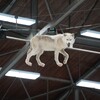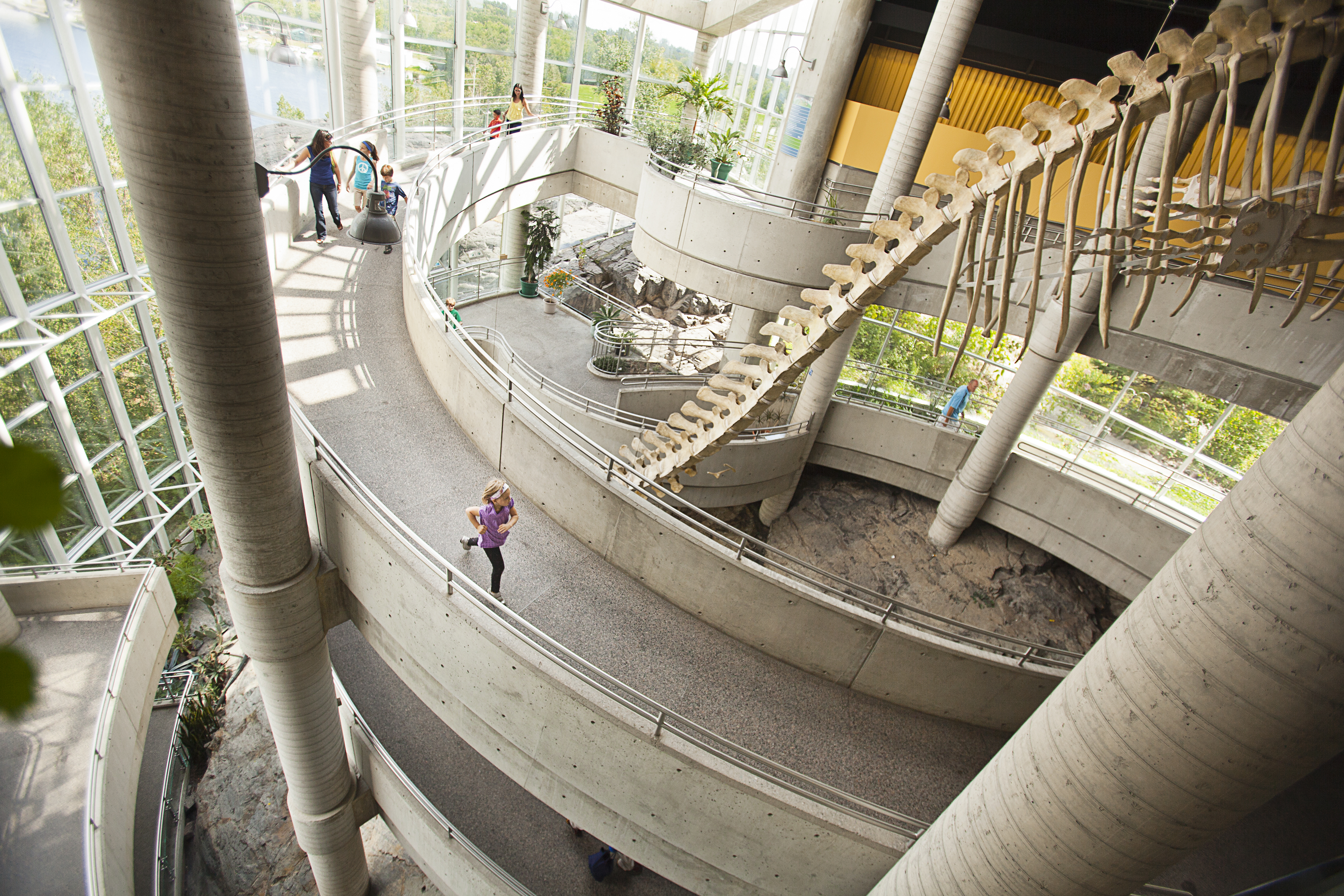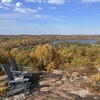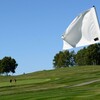
Rock On: Exploring Sudbury’s Impact Crater, Shatter Cones, and Geological Wonders
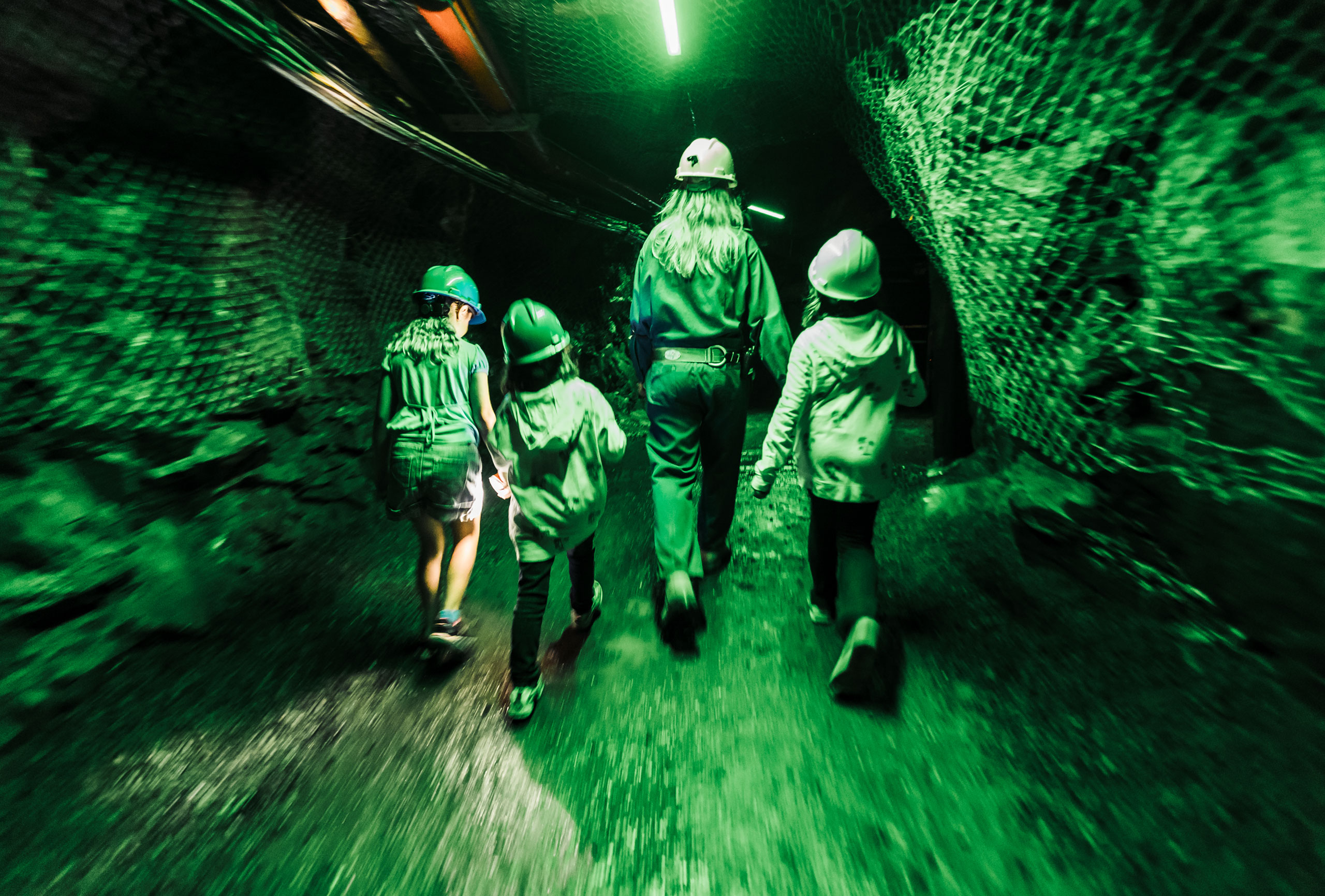
Did you know Sudbury is built around an impact crater from a massive meteorite that forever changed the Earth nearly two billion years ago? The meteorite was a jaw-dropping 10 km (some estimates even say 16 km) in diameter, so when it hit the Earth, it blasted out a crater 6 km deep. Incredible shock waves rippled out for hundreds of kilometres, tsunamis surged over the ancient sea, hot rocks were cast in every direction and vast plumes of smoke and hot gases filled the air.
This collision created the Sudbury Basin, one of the world’s largest impact craters—it’s second only to the Vredefort in South Africa. Below the crater, the Earth’s crust was deformed a further 10 km, allowing melted rock and debris to rise to the surface and settle on the crater floor. Metal-rich debris eventually separated from the melted rock, forming Sudbury’s ores of platinum, copper, nickel and other valuable metals. Over many millions of years, a lot of the crater has been eroded, and today it is an oval depression that’s 60 km long, 20 km wide and 10 km deep. Greater Sudbury is just south of it, and the popular A.Y. Jackson Lookout is near the northern edge, so when you take Hwy 144 from downtown Greater Sudbury to the Lookout, you’re actually crossing the ancient crater. Here’s a closer look at how you can rock out in Sudbury!
From the Moon to Sudbury: Why NASA Trained at High Falls and the A.Y. Jackson Lookout
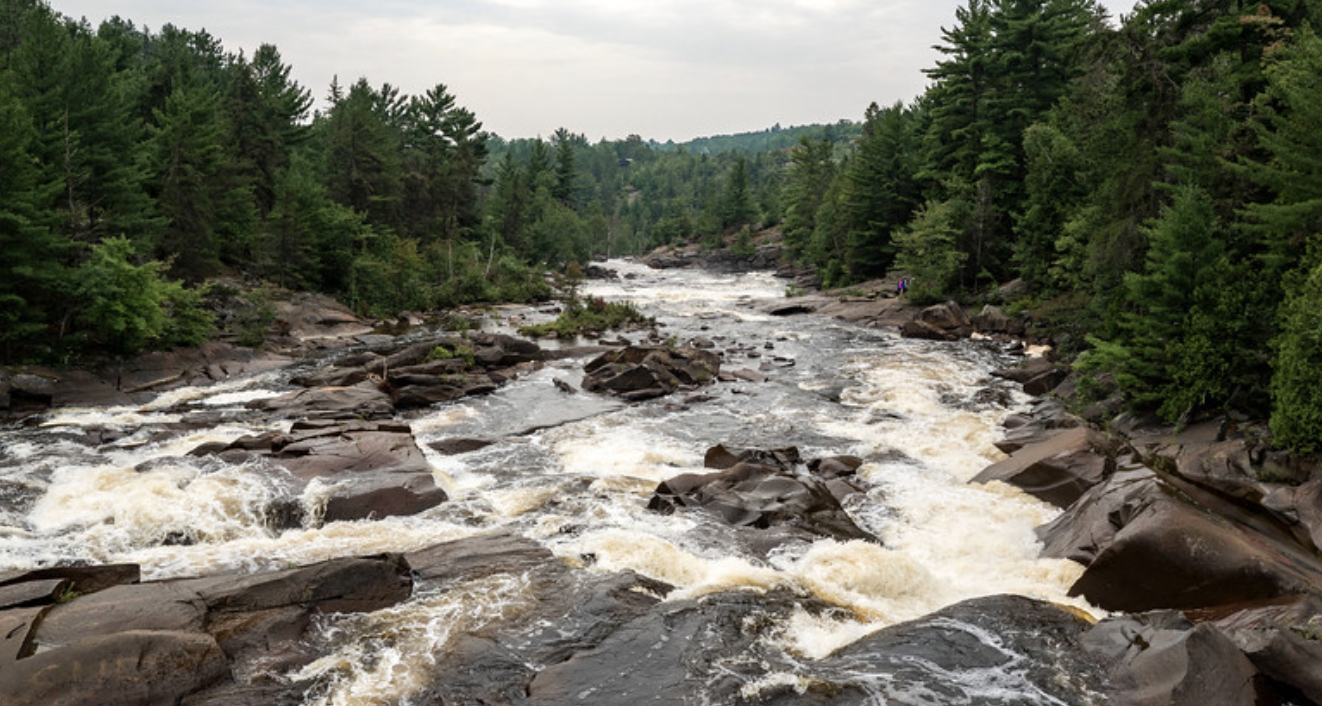
Here’s some cool trivia: the Apollo 16 astronauts came to High Falls in 1971, followed by the Apollo 17 astronauts in 1972, to see the rocks. Why? It gave them experience at identifying and describing the rocks they would see on the moon—rocks with distinctive fragments of other rock debris suspended in it.
High Falls on the Onaping River is a 45-km drive northwest of downtown Sudbury. This gorgeous waterfall plunges 55 m over the ancient rock in a series of cascades, and it’s a must-see destination for visitors and residents. You can hike, bike or snowshoe year-round, and it’s especially beautiful in the fall when the changing leaves really put on a vibrant show. There’s a pretty 1-km waterside trail that includes a self-guided geologic tour to help you get a better understanding of what you’re seeing. You’ll find a display close to the parking lot that shows different rock types and minerals that resulted from the impact.
From the parking lot, a short trail takes you to the A.Y. Jackson Lookout, which gives you a great view of the falls. A member of the famous Group of Seven artists, Jackson was a Canadian painter who came to this site on the Onaping River in 1953 to paint the falls and rocky landscape. One of these paintings, called “Spring on the Onaping River”, was displayed at a local high school for 20 years (Plot twist: The artwork was stolen in 1974 and has never been recovered.
The lookout is on the northern edge of what’s called “fall-back debris”—the superhot rock and dust that exploded out and then fell to partly fill the impact crater as it cooled. You can see the shards and fragments of rock mixed into the dark grey bedrock, which geologists call Onaping Formation. The trail goes down to the river at the base of the falls, then back up to the bridge that goes right over the top of the falls. From the bridge, look down the river to see the northern rim of the Sudbury Basin, the name given to the eroded remains of the original crater. Read more about the falls and formations here.
What Are Shatter Cones? Sudbury’s Signature Rock Formation and the Beer That Goes With It
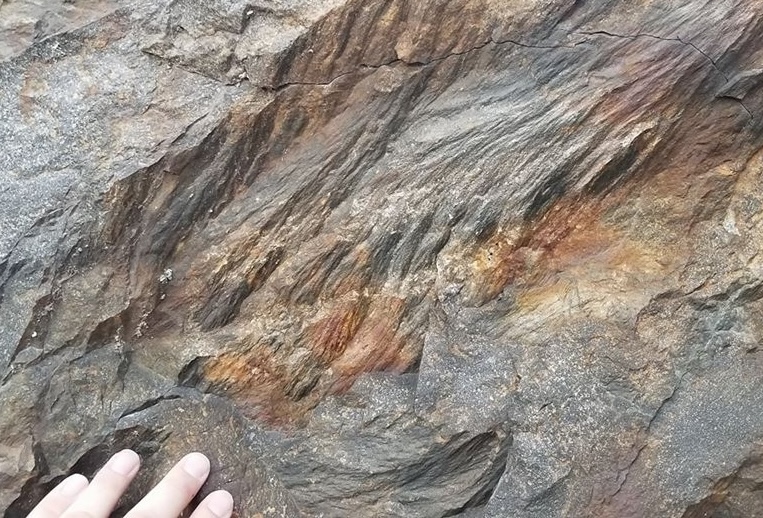
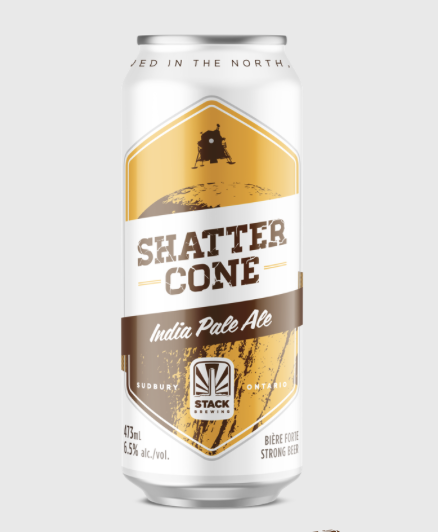
What does beer have to do with geology? In this case, an IPA made by local craft brewery Stack Brewing is called Shatter Cone, named for a kind of cone-shaped rock structure that formed in the bedrock after the incredibly high impact of the meteorite strike. These shatter cones can be just a few centimetres long, all the way up to several metres.
The most common place to see a shatter cone in Sudbury is in the tunnel at Science North (geologists asked construction crews to watch out for them during construction, and this one was found and protected), but others have been spotted along Ramsey Lake Road, about a seven-minute walk from the Laurentian University entrance. Stop by Stack Brewing to see what’s available in the tap room—they also have a light lager called Nickel City and a German-style called Impact in their range.
Dig Deeper at Dynamic Earth and Science North

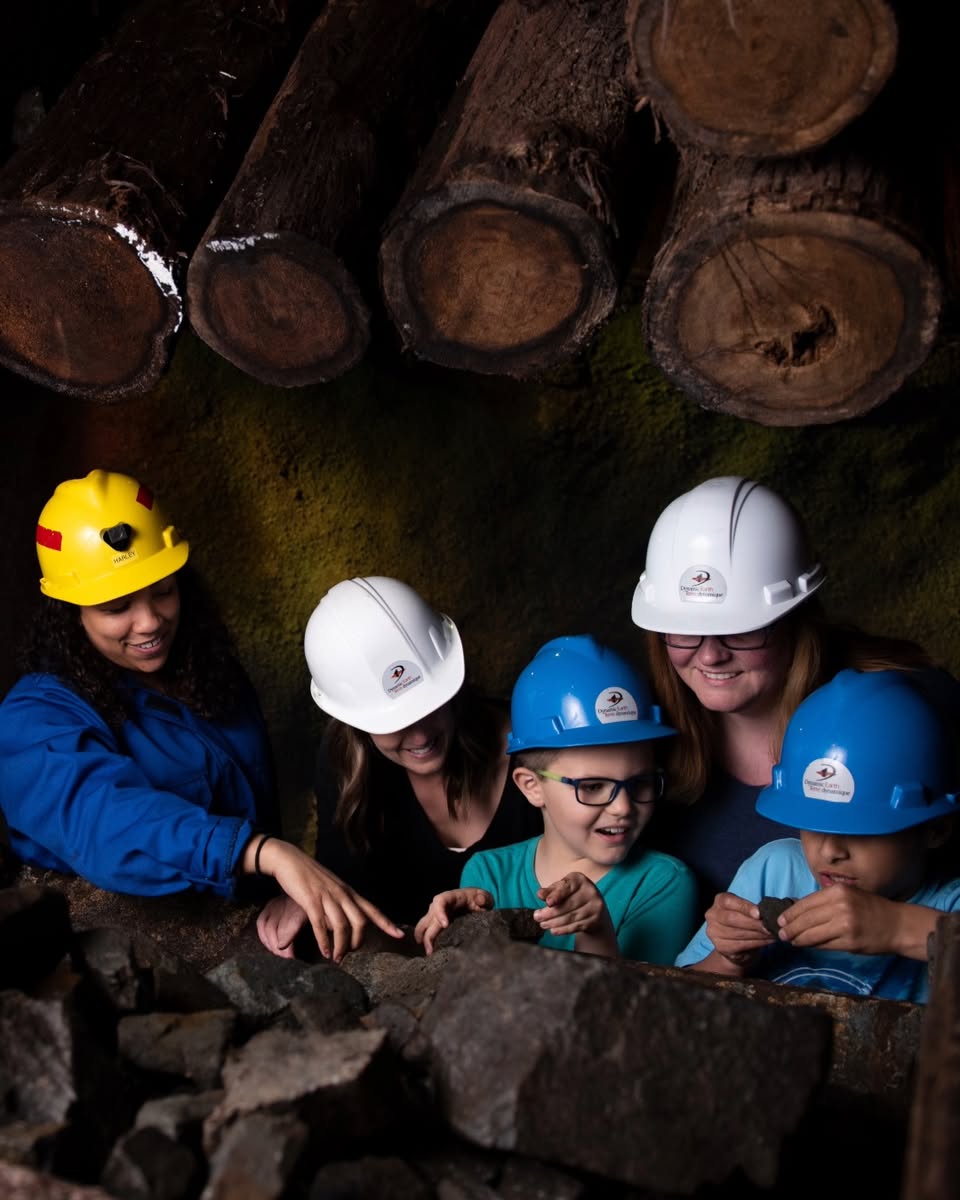
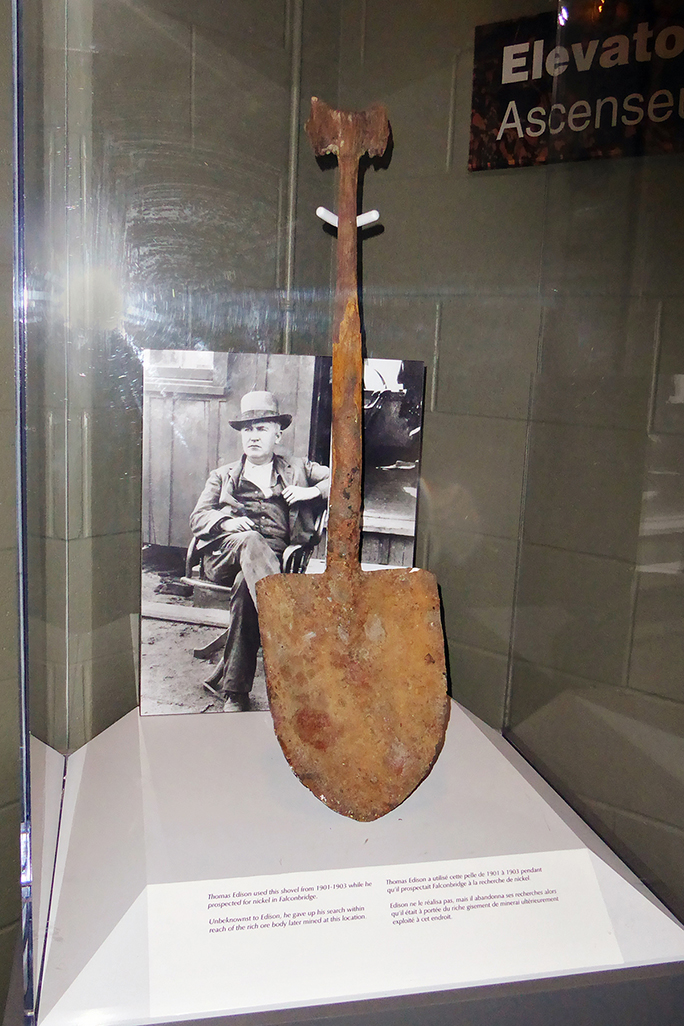
The Dynamic Earth and Science North attractions are a treasure trove of accessible, interesting details about a lot of subjects, definitely including geology, earth sciences and mining. Take a guided underground mine tour, discover an immersive audiovisual experience in the Mining Cage or watch a documentary on the big screen. You’ll also find the Mineral Wall that’s filled with colours and textures of a variety of minerals, the Lapidary Lab where you can cut and polish rocks and minerals, and the MacLeod Rock Gallery with lots of fun simulators to try your hand at techniques, as well as pan for real flakes of gold. They've even got Thomas Edison's shovel. Kids will love to check out Ontario’s only Outdoor Science Park, which includes the driver’s seat of real big machinery, a rock xylophone, a sand pit zone and more. This spot is also the home of the famous Big Nickel—Sudbury is nicknamed Nickel City, after all, for its nickel mining, and it’s the perfect spot for a selfie.
Sudbury’s Mining Roots: A Visit to the Discovery Site
If you’re interested in going deeper into Sudbury’s mining history (yes, pun intended), travel to the Discovery Site on Regional Road 35, about 5 km northwest of Greater Sudbury's city centre.
On the east side of the highway, you’ll find a historic marker at a large paved pullout, across from the flooded open pit of the former Murray Mine. Follow a short trail to the railway and a rusty outcrop—the kind of rocks that heralded the presence of valuable iron, copper and nickel ore and the subsequent rush of mining in the late 1800s. Rocks along the railway show the crater boundary: the greenish volcanic rocks outside the crater, and the rusty outcrop rocks that were once melted rock that filled the crater.
Where To Shop for Rocks, Crystals, and Geodes in Sudbury
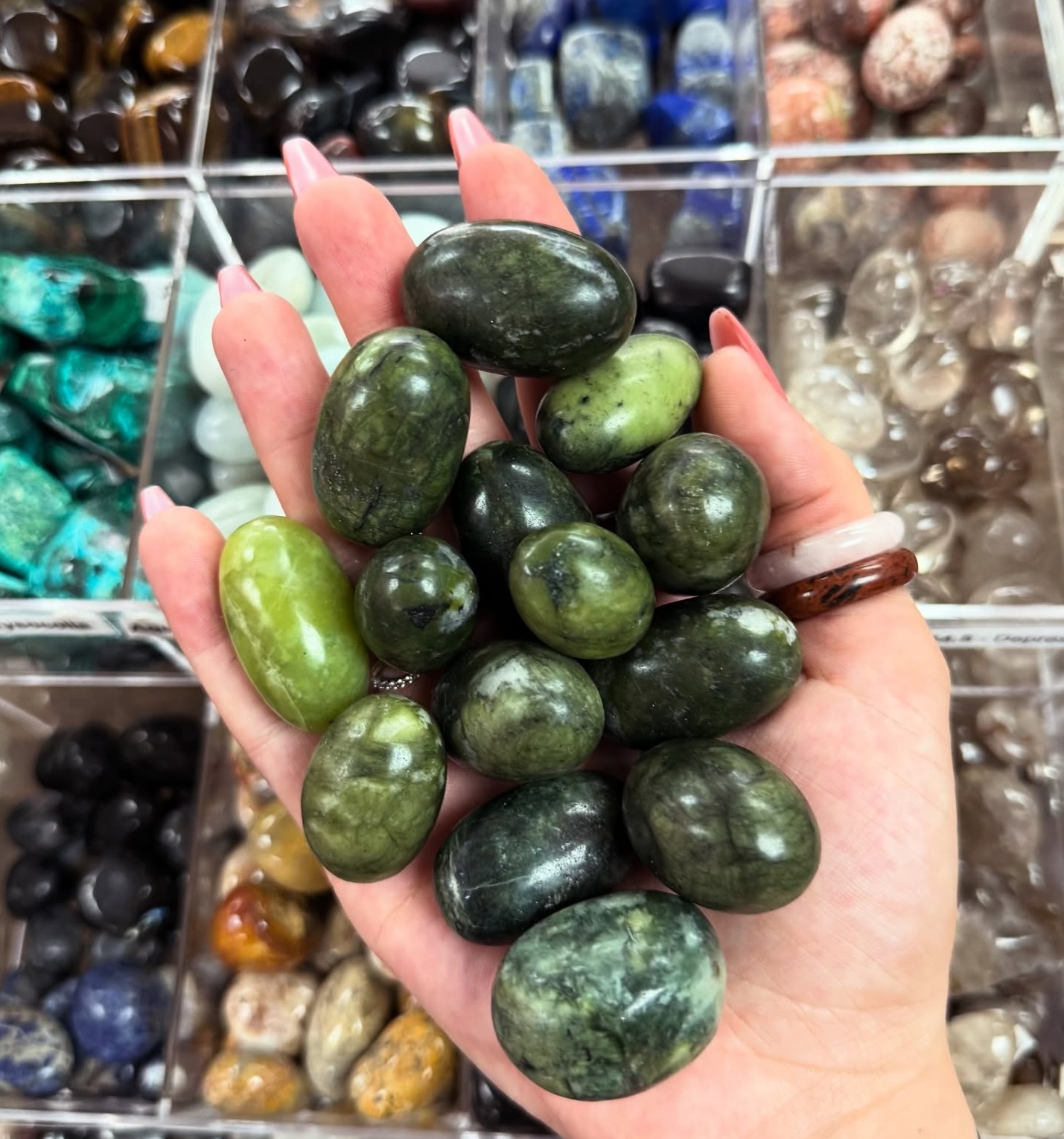
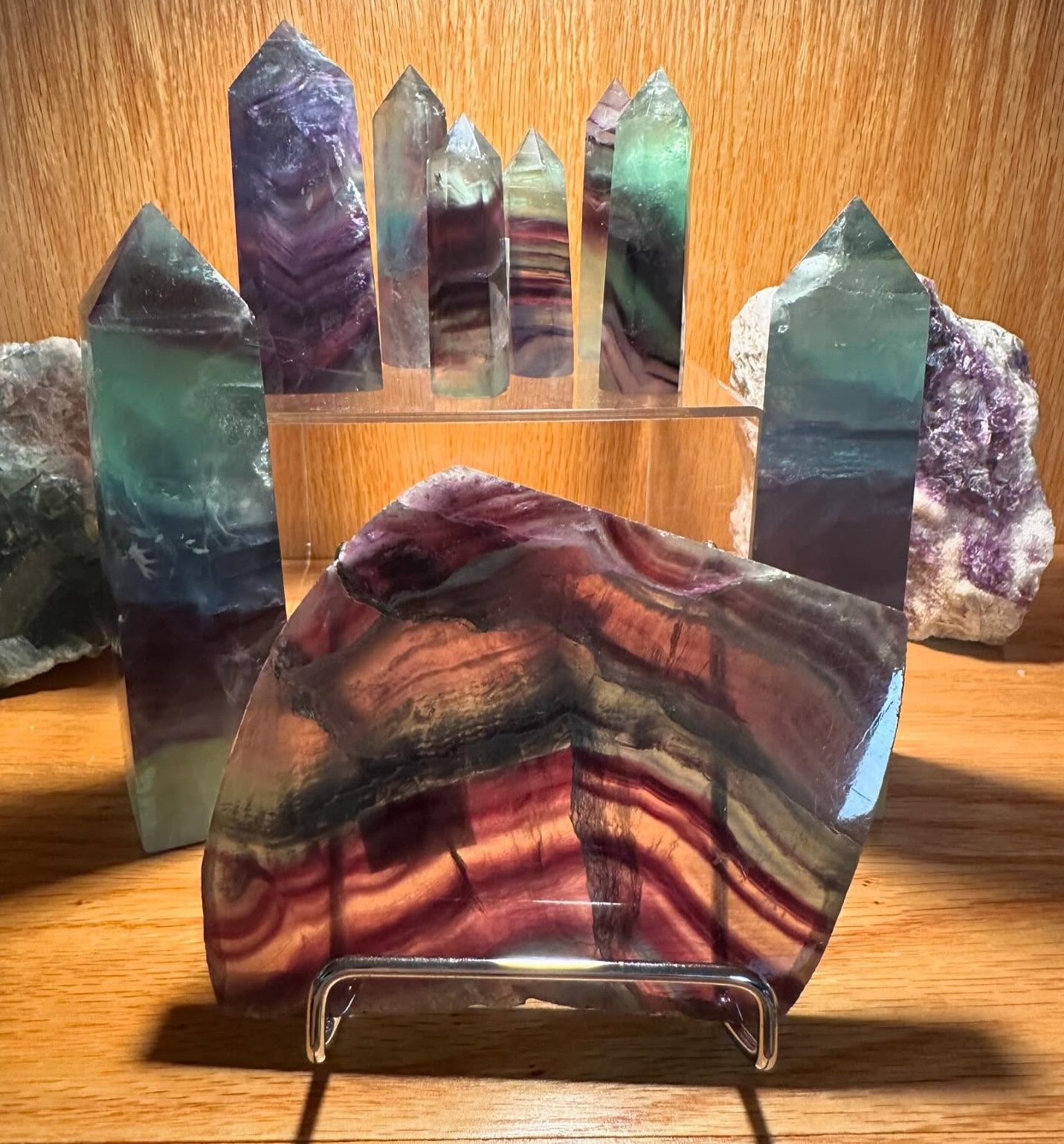
In addition to the Science North gift shop, for those interested in the mystical and decorative aspects of all things rocky, check out The Hidden Gem on Notre Dame and Mainline Crystals on Kingsway for a selection of rocks, minerals, geodes and more from around the world.
Plan Your Visit: Geology Adventures in Sudbury
Whether you’re a rockhound, a geology geek or just like knowing a bit more about the places you visit, it’s worth it to learn more about Sudbury’s unique geologic history and legacy. Rock on!
Recommended Articles

Sustainable Sudbury: An Eco-Friendly Guide To Travel
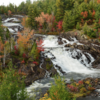
Experience the Group of Seven in Sudbury, Ontario
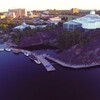
Why Conferences are Better in Sudbury, Ontario
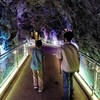
Why Sudbury is the Perfect Weekend Getaway
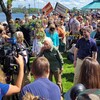
Discover Sudbury's Most Iconic (and Easy to Visit) Movie & TV Locations
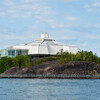
An Insider's Guide to Sudbury

The Hidden History of Thomas Edison in Sudbury, Ontario

A Shoresy Lover's Guide to Sudbury

This Underground Lab in Sudbury Is Studying the Smallest Particle in the World
Sudbury Festivals 2025

Sudbury’s Best Bike Rides
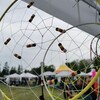
4 Indigenous Experiences in Sudbury: Shops, Galleries, and Adventures
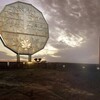
How Long Does It Take to Clean Sudbury's Big Nickel?

The Sudbury Art Heist

11 Must-See Murals in Sudbury, Ontario

